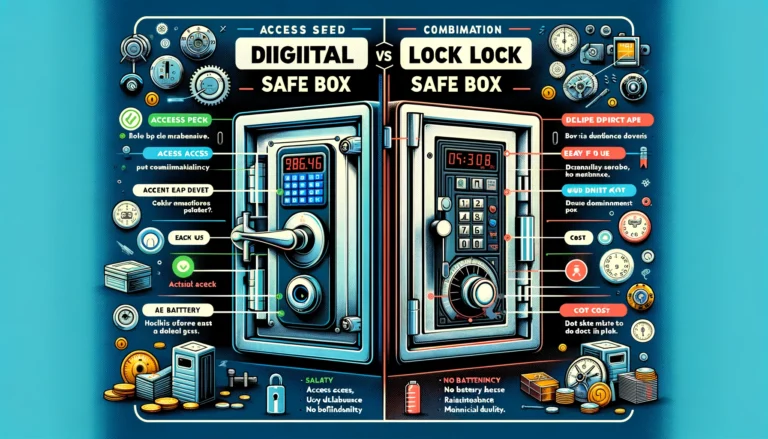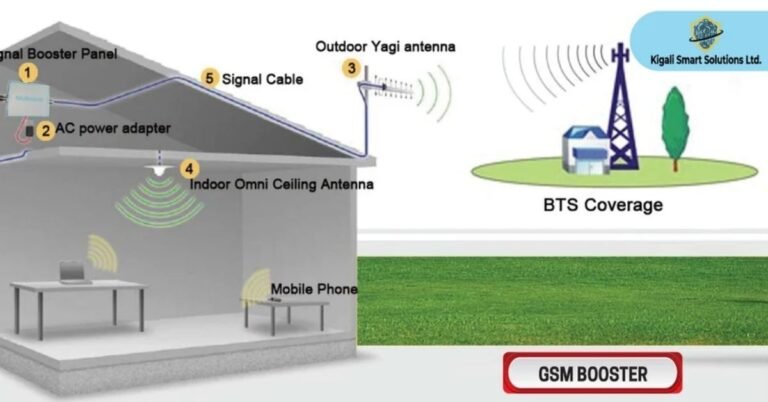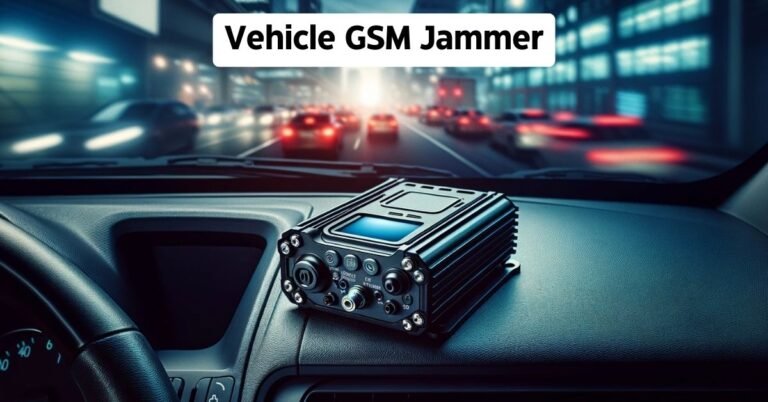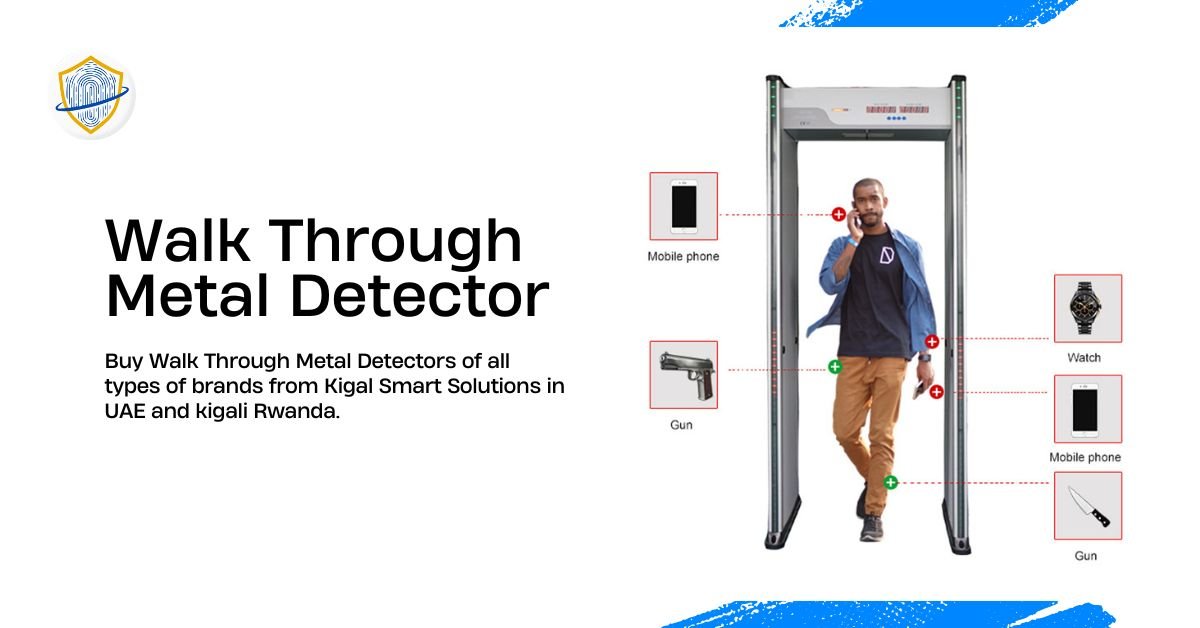Walk-through metal detectors (WTMDs) have become a ubiquitous presence in our security landscape. From airports and government buildings to courthouses and entertainment venues, these devices play a crucial role in safeguarding people and property. This comprehensive guide delves into the world of WTMDs, exploring their functionality, applications, limitations, and safety considerations.
Demystifying the Technology: How Walk-Through Metal Detectors Work
WTMDs operate on the principle of electromagnetic induction. They consist of two panels: a transmitter and a receiver coil. The transmitter emits a low-level electromagnetic field. When a person walks through the metal detector, any metal objects on their person disrupt this field. The receiver coil detects this disruption and triggers an alarm.
There are two main types of WTMDs:
- Pulse Induction (PI): These are more common and generate short bursts of current, offering high sensitivity and discrimination capabilities. PI detectors can often differentiate between different types of metal and adjust their sensitivity accordingly.
- Continuous Wave (CW): These emit a continuous electromagnetic field and are generally less expensive. However, they may struggle to differentiate between different metals and might be more prone to environmental interference.
Modern WTMDs are equipped with multiple detection zones, pinpointing the location of the triggered alarm on the person’s body. This allows for more efficient security checks and avoids the need for full-body pat-downs in most cases.
Applications of Walk-Through Metal Detectors: Enhancing Security in Diverse Settings
WTMDs are employed in a variety of security-conscious environments, including:
- Airports: These are perhaps the most common application of WTMDs, screening passengers for weapons and other prohibited items before boarding flights.
- Government Buildings: Secure facilities like courthouses, embassies, and government offices often utilize WTMDs to deter the entry of weapons or unauthorized objects.
- Schools and Universities: To ensure student safety, some schools implement WTMDs for random security checks or at specific events.
- Entertainment Venues: WTMDs can be used at concerts, sporting events, or large gatherings to prevent weapons from entering the premises.
- Casinos and High-Value Asset Facilities: WTMDs play a role in safeguarding valuables by deterring theft attempts.
Limitations of Walk-Through Metal Detectors: Understanding What They Can (and Can’t) Detect
While WTMDs are valuable security tools, it’s important to understand their limitations. They primarily detect metallic objects and cannot identify non-metallic threats like explosives or drugs. Here are some additional limitations:
- Sensitivity Levels: Sensitivity settings can be adjusted based on security needs. However, at lower sensitivities, smaller metallic objects might go undetected.
- Environmental Interference: Metal objects in the environment, like building structures or nearby security equipment, can trigger false alarms.
- Medical Implants: People with pacemakers or other medical implants might need to undergo alternative security checks.
Safety Considerations with Walk-Through Metal Detectors: Addressing Concerns
The low-level electromagnetic fields emitted by WTMDs are generally considered safe for most people. However, there are some concerns to address:
- Pregnant Women: While there is no conclusive evidence of harm, some pregnant women may prefer alternative security checks as a precaution.
- Pacemakers and Medical Implants: Individuals with pacemakers or other implanted medical devices should consult with their doctor about potential interactions with WTMDs. However, modern WTMDs are designed to minimize interference with these devices.
Security personnel are trained to address these concerns and ensure the safe passage of everyone through the WTMD.
Optimizing Security Screening with Walk-Through Metal Detectors: Best Practices
Here are some ways to ensure a smooth and efficient security screening process with WTMDs:
- Empty pockets and remove loose items: Keys, coins, and belts can trigger alarms. Placing them in a tray before walking through minimizes delays.
- Declare any medical implants: Informing security personnel about pacemakers or other implants allows them to adjust procedures if necessary.
- Walk through calmly and avoid metallic objects: Metal detectors are sensitive—avoid touching metal railings or other objects in close proximity to the scanner.
- Cooperate with security personnel: Security personnel are there to ensure safety. Following their instructions ensures a smooth and efficient process.
By understanding these best practices, you can contribute to a faster and more streamlined security screening experience.
The Future of Walk-Through Metal Detectors: Advancements in Technology
Walk-through metal detector technology is constantly evolving. Here are some trends to watch:
- Advanced Discrimination Capabilities: Newer WTMDs can more effectively differentiate between different types of metal, reducing false alarms.
- Integration with Other Security Systems: WTMDs can be integrated with security cameras and other systems for more comprehensive security
Buy a Walk-Through Metal Detector. Written by Mobi.







